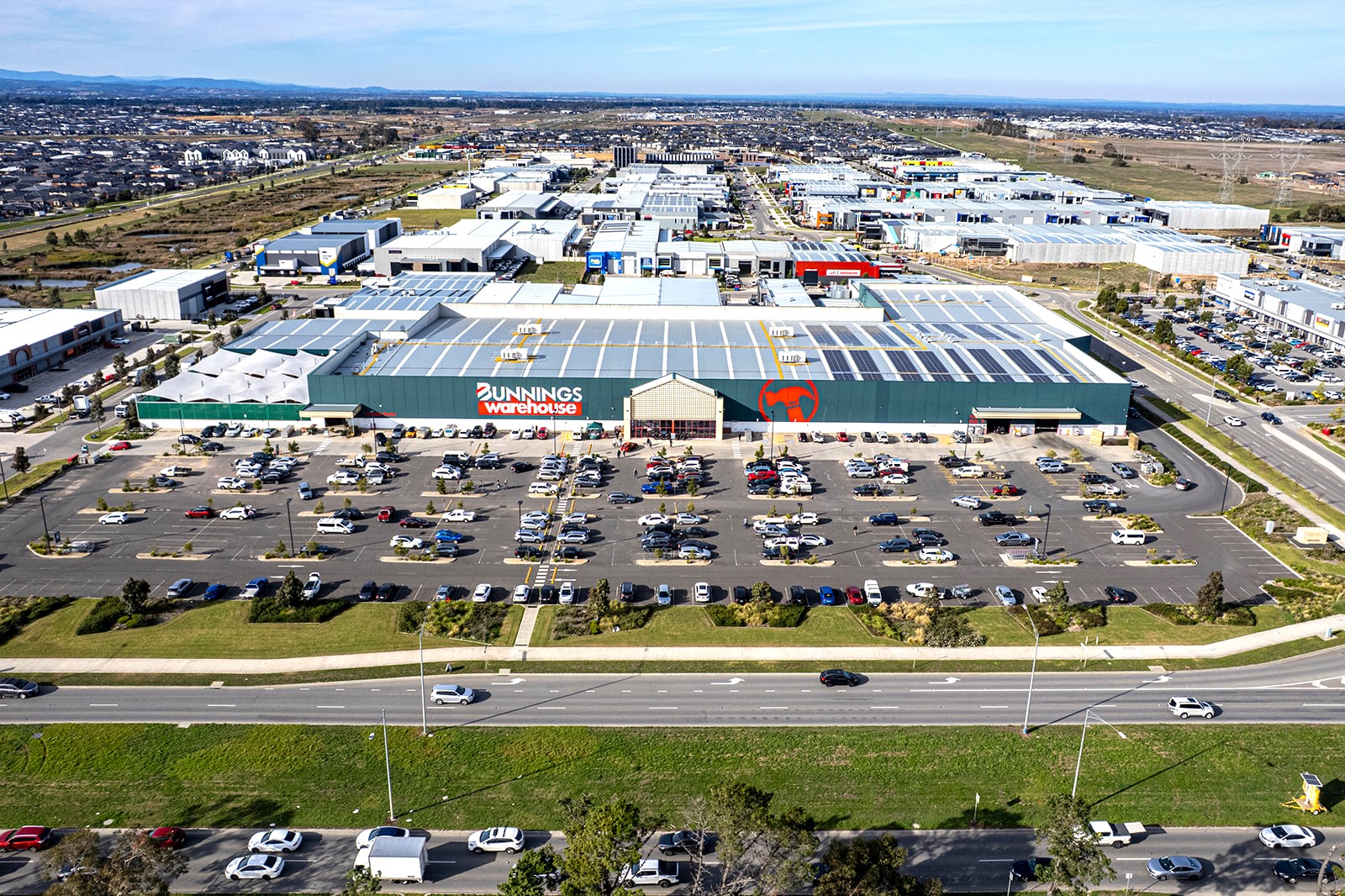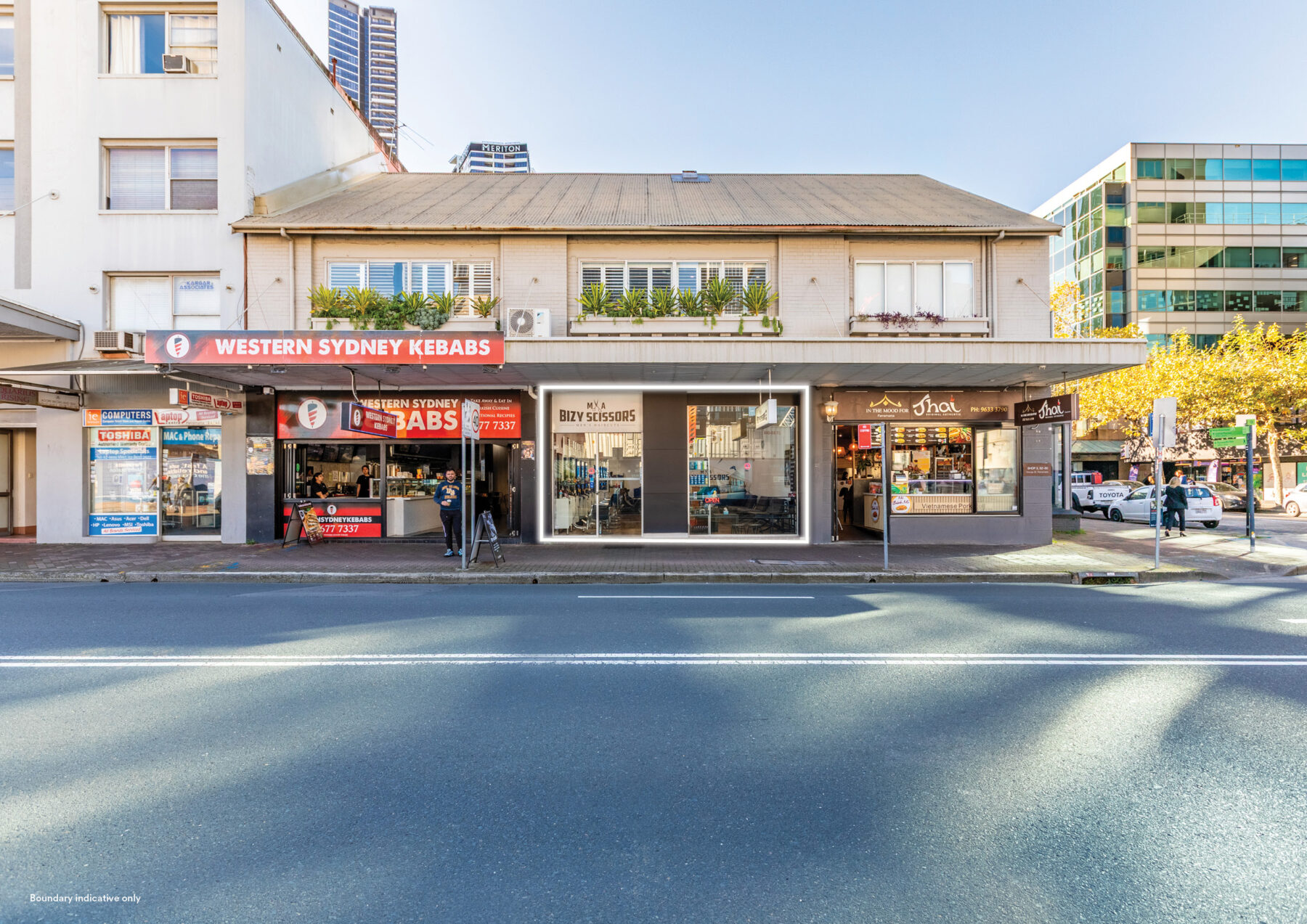SCA Property Group continue to feel the impacts from COVID with earnings down -8% on the same period last year.
Despite the lower earnings, the Group recorded a statutory net profit after tax of $102.9 million, which includes significant movements in non-cash fair value adjustments, including a $63.0 million increase in the fair value of investment properties, a $74.7 million decrease in the fair value of derivatives, and a $46.5 million foreign exchange gain.
The directly attributable COVID-19 earnings impact was $6.9 million, ($20.5 million in 2H FY20) which includes $4.8 million of waivers granted during the period and $3.8 million of other direct COVID-19 impacts (such as increased cleaning expenses and rent freezes), offset by a reduction in the ECL allowance running through property expenses of $1.7 million.
Chief Executive Officer, Anthony Mellowes, said: “Throughout the COVID-19 pandemic, our convenience based centres have benefited from the shift to shopping locally. Our anchor tenants have experienced strong sales growth and our specialty tenant sales have recovered following the easing of restrictions. We have continued to conclude leasing deals with 96 renewals and 63 new lease deals completed during the first half. Specialty vacancy is stable at 4.8% and specialty occupancy costs are stable at 9.9%.”
“Nevertheless, the COVID-19 pandemic has impacted some of our specialty tenants who have experienced sales declines. We have provided rental assistance to over 800 tenants, including both SME tenants under the Mandatory Code of Conduct and also non-SME tenants on a case-by-case basis. Total cash collection rates stabilised at around 99% by the end of the period.”
The value of investment properties increased to $3,403.3 million during the period (up from $3,138.2 million at 30 June 2020), primarily due to the acquisitions of Bakewell (NT) for $39.4 million and Auburn Central (NSW) for $129.5 million, vacant land adjacent to our Greenbank Shopping Centre for $10.0m (plus $10.2 million transaction costs), and an increase in the fair value of like-for-like properties of $63.0 million.
The like-for-like valuation increase was due to capitalisation rate tightening by 11bps, a 0.7% increase in valuation NOI, and a reduction in the COVID-19 once off rent relief adjustments from $27.4 million at June 2020 to $4.0 million at December 2020.
The total portfolio weighted average capitalisation rate is now 6.39% (6.51% as at 30 June 2020), with subregional centres remaining at 6.84% but neighbourhood centres compressing to 6.25% (from 6.39% as at June 2020).
Financial highlights
- Net Profit After Tax of $102.9 million, up by 14.1% compared to the same period last year (“1H FY20”) due to an increase in the fair value of investment properties
- FFO and AFFO have improved strongly compared to the second half of the FY20 financial year (“2H FY20”), as the negative impact of COVID-19 begins to recede:
- FFO of $72.3 million, up by 16.1% compared to 2H FY20 but still -7.9% down on pcp
- FFO per unit of 6.72 cents per unit (“cpu”) (2), up by 8.2% compared to 2H FY20 but still -20% down on pcp
- AFFO of $62.4 million, up by 15.1% compared to 2H FY20 but still -10.8% down on pcp
- AFFO per unit of 5.80 cpu, up by 7.4% compared to 2H FY20
- Distributions of 5.70 cpu, up by 14.0% compared to 2H FY20, a payout ratio of 98% of AFFO
- Weighted average cost of debt currently 3.2% pa. Gearing of 29.1% as at 31 December 2020, up from 25.6% at 30 June 2020 primarily due to $178.9 million in acquisitions completed during the period
- Investment property portfolio value of $3,403.3 million, up by $265.1 million since 30 June 2020, primarily due to a like-for-like valuation increase and acquisitions
- Net tangible assets of $2.25 per unit as at 31 December 2020, up by 1.4% from $2.22 as at 30 June 2020 primarily due to the like-for-like valuation increase
- Management expense ratio (“MER”) of 0.46% as at 31 December 2020, up from 0.38% as at 30 June 2020 due to increased D&O insurance costs and no KMP STIP in FY20
Operational highlights
- Supermarket moving annual turnover (“MAT”) growth of 8.6% (up from 5.1% as at 30 June 2020) and discount department store MAT growth of 15.0% (up from 7.6% as at 30 June 2020)
- Portfolio occupancy of 98.2% by GLA as at 31 December 2020 (no change from 30 June 2020), with specialty vacancy of 4.8% of GLA (down from 5.1% as at 30 June 2020)
- Leasing activity continuing with 96 renewals and 63 new lease deals completed during the period. Average leasing spreads were -4.6% for renewals and +0.8% for new leases
- Acquisitions of Bakewell (NT) for $39.4 million and Auburn Central (NSW) for $129.5 million (excluding transaction costs) were completed during the period
- “SURF 1” fund was wound up during the period, crystalising an internal rate of return of 11% per annum for unitholders
SCP had a portfolio specialty vacancy rate of 4.8% of GLA as at 31 December 2020, compared to 5.1% as at 30 June 2020 and is within the target range of 3-5%.
The comparable store sales MAT growth for the 12 months to 31 December 2020, for stores open more than 24 months was:
• Supermarkets: +8.6% (compared to 5.1% as at 30 June 2020)
• Discount department stores: +15.0% (compared to 7.6% as at 30 June 2020)
• Mini Majors: +6.3% (compared to 2.9% as at 30 June 2020)
• Specialty stores: +0.5% (compared to -1.1% as at 30 June 2020)
• Total portfolio: +7.9% (compared to 4.2% as at 30 June 2020)
The relatively strong sales performance is due to a continuation of the shopping local trend and a relaxation of restrictions in most States (except for Victoria) over the last six months. Some specialty tenants are still
experiencing sales declines, particularly in the categories of Apparel, Cafes/Restaurants and some Retail Services.
During the six month period to December SCA completed 96 specialty renewals with an average negative rent reversion of -4.6%. The group advise that rent reversions and incentives have begun to stabilise as the pandemic recedes.
The current portfolio comprises 77 Neighbourhood Centres and 10 Sub Regional Centres with 48% exposure by income to Major stores and 52% to specialities.

Strategy
SCA’s primary objective over the next 6 months is to ensure that their centres emerge from the COVID-19 pandemic in a stronger position with a focus on serving local communities for their everyday needs, partnering with supermarket anchors to provide a convenient supermarket offer (including online fulfilment), actively manage centres to ensure that they have sustainable specialty tenants paying sustainable rents, and to ensure the long term sustainability of business by building strong communities, environmentally efficient centres and responsible investing.
SCA’s guidance for FY21 FFO per unit is at least 14.4cpu (1.7% below FY20) and for FY21 AFFO per unit is at least 12.2cpu (5.7% below FY20)
Our Views
Based on a forecast distribution of 12.2cpu, the trust is offering a 5.2% yield at the current trading price.
We expect that further cap rate compression will of 15bps in FY21 together with a 2% increase in rental income the NTA should increase from $2.25cpa to $2.33 cpu.
The trust is currently trading at $2.33, which is a 3.5% premium to NTA. On this basis, the trust is likely to deliver a total return 8.9% with a 5.2% income return and a 3.7% capital return (assuming the NTA premium holds).
We favour the neighbourhood end of the retail sector. SCA however should push more of their mix to fresh food and non-discretionary goods and services with an emphasis on in-person services.
We prefer to invest in directly into the sector as location, local population growth and demographics play a key role in determining the success of each Centre.



